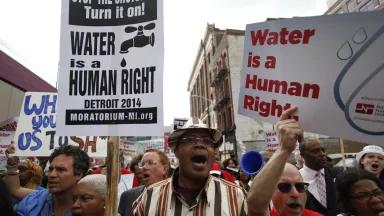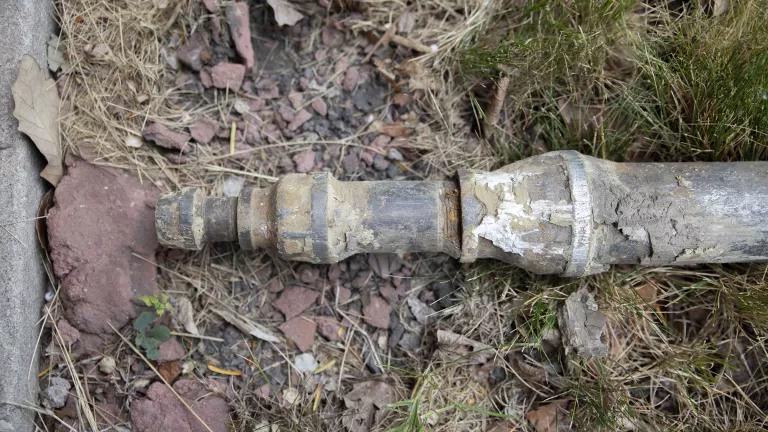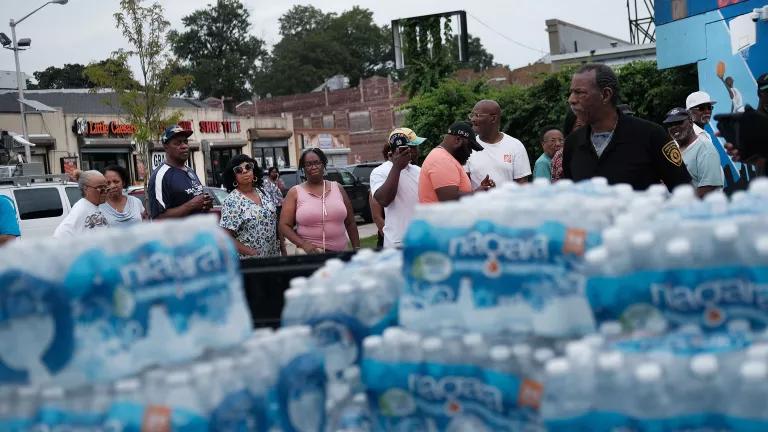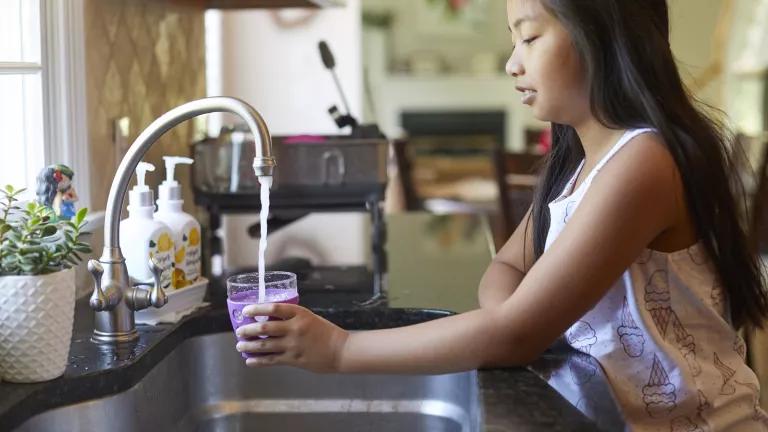Water Affordability Business Case Downloadable Tool
To help provide safe and affordable water and sanitation to everyone in their communities, this tool allows utilities to assess the business case for implementing a discount program for low-income customers.
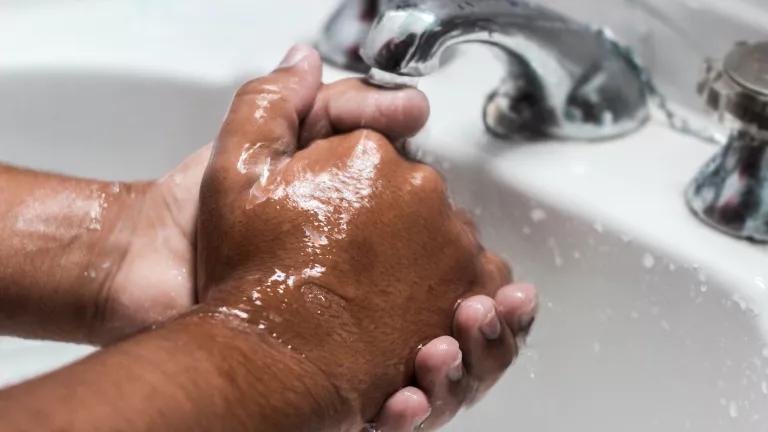
Fran Jacquier
Water and wastewater utilities grapple daily with the reality that rising rates are, or are becoming, unaffordable for many low-income households. Unpaid bills threaten both residents’ access to essential water service and a utility’s financial bottom line. To help provide safe and affordable water and sanitation to everyone in their communities, utilities are increasingly turning to various forms of low-income discounts, but they often have questions about the financial impacts of these programs on the utility.
This Water Affordability Business Case Tool—developed by technical experts under contract to NRDC—helps utilities assess the business case for implementing a discount program for low-income customers. Although discounted rates are typically viewed as a cost to the utility (in the form of lost billing revenue), the Tool accounts for offsetting increases in revenue and avoided costs that result from making bills more affordable to customers currently struggling to pay. For example, households receiving affordable bills are far more likely to pay those bills consistently and on time, while utilities save on the cost of collecting unpaid bills.
The Tool allows users to model the net financial impacts of three types of low-income discount programs on a particular water, wastewater, and/or stormwater utility, using data from internal utility records and the U.S. Census Bureau. Quantifying these impacts can help a utility evaluate options for funding a program—whether from ratepayer revenue or from other sources. The Tool may also help utilities provide a legal rationale for funding low-income discount programs with rate revenues, based on financial benefits that accrue to ratepayers as a whole.
The Tool is designed primarily for use by utilities. Additionally, community-based organizations, state and federal oversight agencies, and other stakeholders may wish to encourage utilities to use the Tool. In some cases, they may be able to run the Tool independently using publicly available data.
The Tool and its supporting documentation consist of three files that can be downloaded below. The Tool itself is an Excel file. A FAQ and Quick Start Guide provides answers to frequently asked questions and guidance to help users get started using the Tool. The full User Manual provides detailed instructions and guidelines for using the Tool, along with a thorough explanation of its methodology and underlying premises and assumptions.
A fourth document below, written by the technical expert who developed the tool, provides case studies from the energy and water utility sectors that illustrate the financial benefits to utilities of providing discounts to low-income utility customers.
The Tool was beta tested in 2022 with several water and wastewater utilities. The version currently posted on this webpage is Version 2.1.
Questions, feedback, or requests to receive notification of updates to the Tool can be sent to WaterTool@nrdc.org.




